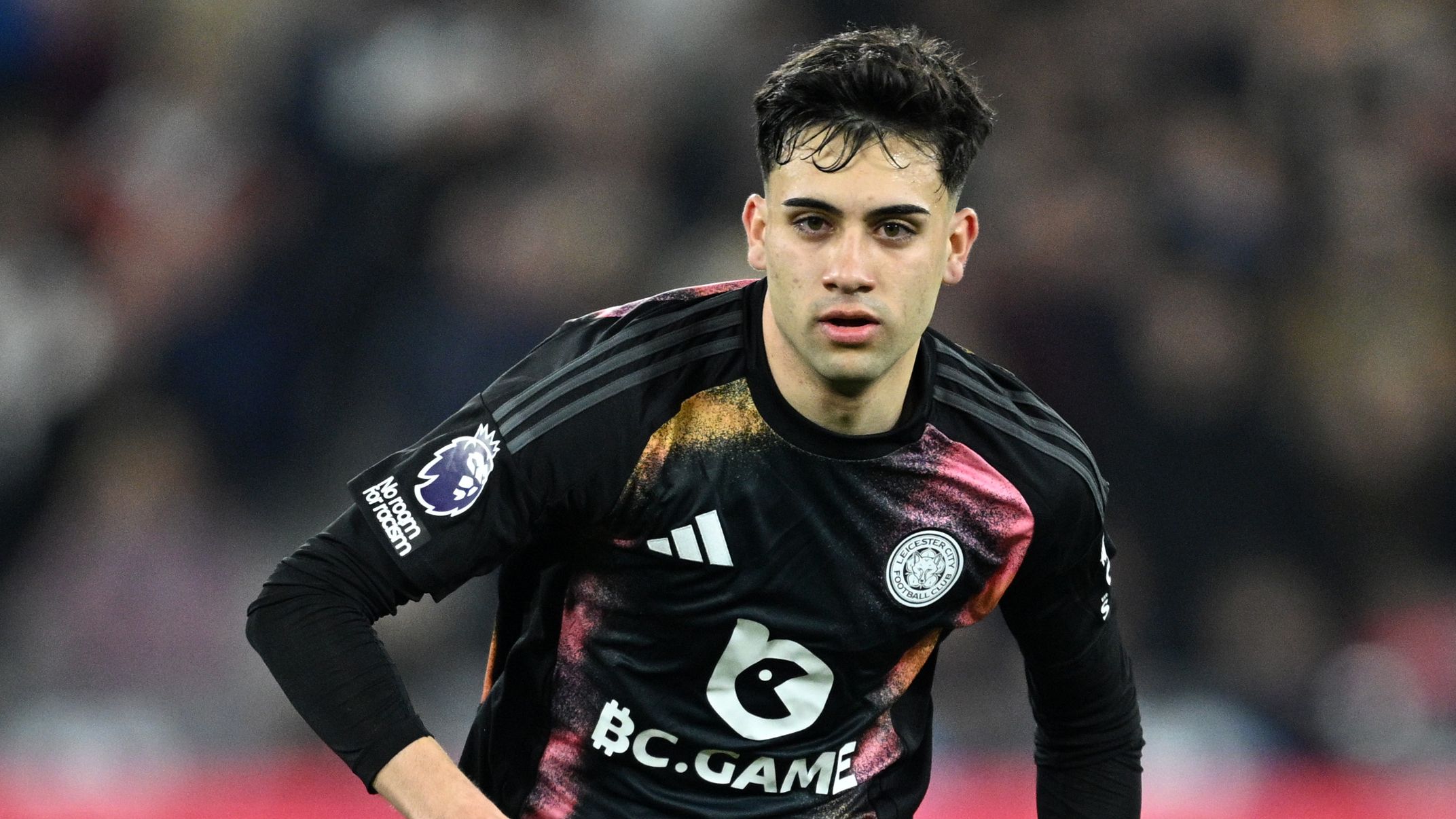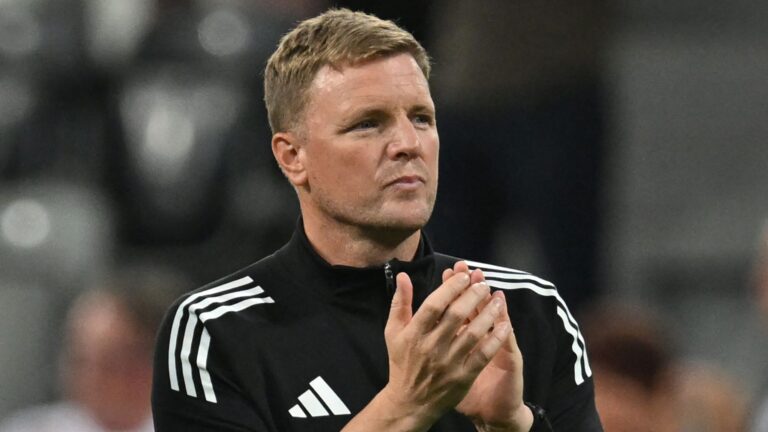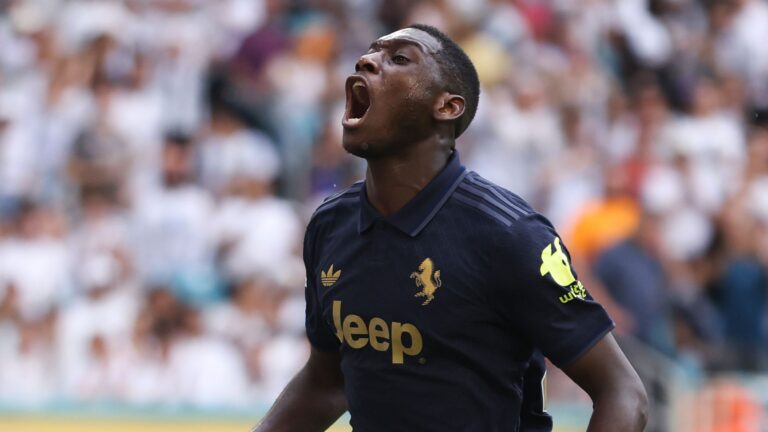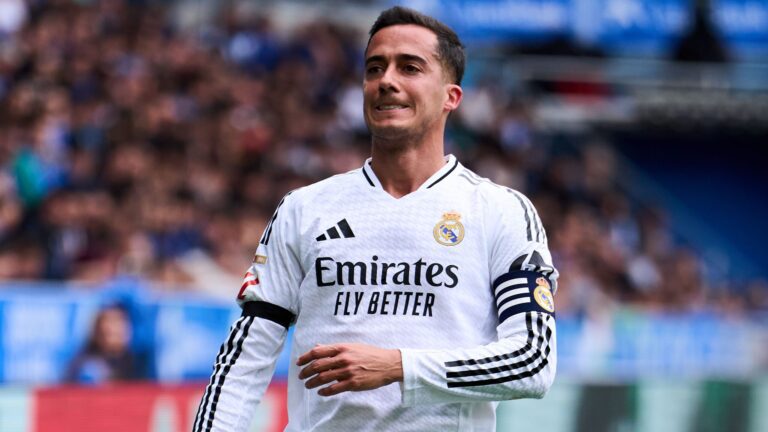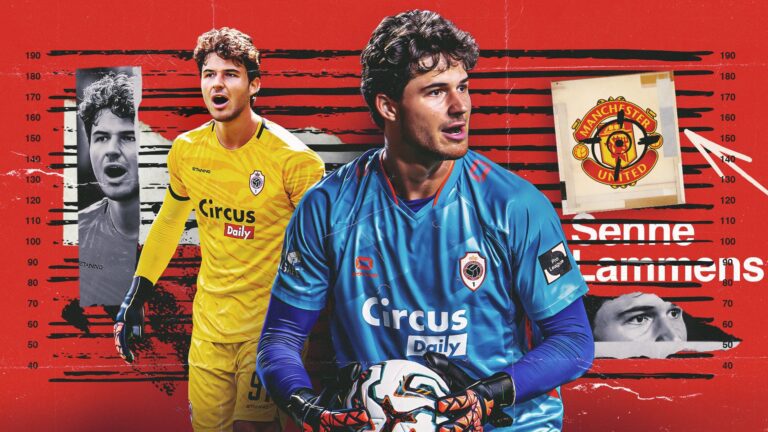- Lyon has shown significant interest in signing the young talent Facundo Buonanotte
- The French team has finalized personal agreements with the player
- Brighton is opting to arrange a loan move for him to another Premier League club



Facundo Buonanotte: The Midfield Prospect Caught in a Transfer Tug-of-War
As the football transfer window heats up, Facundo Buonanotte‘s future hangs in the balance, with Lyon pushing hard to enhance their lineup while Brighton sticks to a calculated strategy. This scenario highlights the intense negotiations defining modern transfers, where player development and club ambitions collide.
Brighton’s Strategic Approach to Buonanotte’s Development
Lyon’s Ambitious Bid and the Player’s Enthusiasm
As the Ligue 1 campaign gains momentum with impressive early results, Lyon is eager to enhance their forward line by targeting the promising 20-year-old midfielder. Reports from trusted sources indicate that Buonanotte has been captivated by the vision outlined by manager Paulo Fonseca, leading him to commit to a potential move to the French side. This interest stems from Lyon’s need to maintain their competitive edge in domestic leagues.
Complications Arising from Brighton’s Loan Preference
The path to Buonanotte’s transfer is fraught with obstacles, as Brighton has firmly decided against a permanent exit. Their focus is on arranging a temporary placement within the Premier League, aiming to nurture the Argentine’s growth in a setting that mirrors the intensity of top-flight English football. This choice not only supports his progress but also benefits clubs such as Nottingham Forest, West Ham, and potentially others that have tracked his performances throughout the summer transfer period, giving them a strategic advantage.
Buonanotte’s Track Record and Versatility
Recent Performances and Background
The versatile playmaker, capable of excelling in central or wide positions, joined Brighton in 2023 and gained valuable experience on loan at Leicester City the previous season. There, he made a notable impact, netting five goals and providing two assists in 31 appearances, demonstrating his potential in a high-stakes environment. Recent statistics show that such loan spells often lead to a 20% improvement in player stats upon return, underscoring Brighton’s emphasis on this developmental route.
Lyon’s Urgent Need for Reinforcement
Impact of Key Injuries and Market Activity
Lyon’s aggressive pursuit of Buonanotte is largely driven by the season-ending cruciate ligament injury to Ernest Nuamah earlier in the year, leaving a critical gap in their attack. Club executives, including recruitment head Matthieu Louis-Jean, have prioritized filling this role, backed by substantial investment in the market. To date, Lyon has committed over €40 million (approximately £34 million/$45 million) to eight new acquisitions, reflecting a broader trend where top European clubs spend an average of 15% more on transfers amid rising player values.
Future Implications for All Parties Involved
With Brighton’s insistence on a loan to a Premier League team creating a roadblock, Lyon must now weigh their options: attempt to sway the English club’s position, which appears improbable, or shift focus to alternative prospects before the deadline. For Buonanotte, this uncertainty could shape his career trajectory, as similar cases in recent windows have seen players like him thrive in domestic loans, boosting their market value by up to 25%.
Contributed by Patrick Tchanhoun.
Brighton’s Rejection of Lyon’s Bid for Facundo Buonanotte
Brighton has made headlines in the Premier League transfer market by turning down an offer from Lyon for their talented midfielder Facundo Buonanotte, even though the player himself had reportedly agreed to the move. This decision highlights the strategic depth that Brighton employs in managing their squad, especially when it comes to nurturing young talents like the 19-year-old Argentine. As clubs across Europe ramp up their transfer activities, understanding Brighton’s approach could offer valuable insights for fans and analysts alike.
The Backstory of the Bid and Player’s Stance
Lyon, known for their aggressive pursuit of emerging stars, tabled a bid for Buonanotte that was seen as competitive in the current market. Sources indicate that the offer was around €15 million, with potential add-ons, which might have tempted other clubs. However, Brighton swiftly rejected it, prioritizing their long-term vision over immediate financial gain. It’s noteworthy that Buonanotte had expressed willingness to join Lyon, possibly drawn by the allure of Ligue 1 and more regular playing time. This situation underscores the complexities of player transfers, where a player’s personal agreement doesn’t always align with the club’s broader strategy.
In the world of Premier League transfers, such rejections are not uncommon. Clubs like Brighton often weigh factors such as squad depth, upcoming seasons, and the player’s development trajectory. For Buonanotte, who’s impressed with his dribbling skills and vision on the pitch, Brighton sees him as a key piece in their midfield puzzle. This move also reflects the growing trend of Premier League clubs retaining their stars to maintain competitiveness in domestic and European competitions.
Brighton’s Transfer Strategy for Midfielders Explained
Brighton’s transfer strategy revolves around building a sustainable squad rather than cashing in on young talents prematurely. By rejecting Lyon’s bid, they’re signaling a commitment to investing in players like Buonanotte, who could become a cornerstone for years to come. The club’s model often involves scouting undervalued prospects, developing them through rigorous training, and integrating them into the first team, which has helped them punch above their weight in the Premier League.
Key elements of this strategy include:
- Youth Development Focus: Brighton invests heavily in academy players and young signings, providing them with pathways to the first team. For Buonanotte, this means continued opportunities under manager Roberto De Zerbi, who favors tactical flexibility in midfield.
- Financial Prudence: Unlike some clubs that sell off assets for quick profits, Brighton aims for deals that align with their valuation. They might hold out for a higher bid or wait until the player’s market value increases, as seen in past cases with players like Yves Bissouma.
- Squad Balance: Maintaining a balanced midfield is crucial for Brighton’s playing style, which emphasizes possession and counter-attacks. Losing Buonanotte could disrupt this, especially with the Premier League’s demanding schedule.
This approach has paid dividends in recent seasons, with Brighton consistently finishing in the top half of the table while keeping transfer expenditures in check.
Benefits of Brighton’s Transfer Approach
One of the biggest benefits of Brighton’s strategy is the creation of a loyal and motivated squad. By showing faith in players like Buonanotte, the club fosters a sense of belonging that can boost on-field performance. For instance, retaining key midfielders helps in maintaining team chemistry, which is vital during crucial matches. Fans appreciate this method too, as it builds a narrative of long-term success rather than short-term gains.
Additionally, this strategy can lead to higher future returns. If Buonanotte continues to develop, his value could soar, allowing Brighton to demand a premium in subsequent transfer windows. From a broader perspective, clubs adopting similar tactics benefit from:
- Enhanced player loyalty and reduced risk of disruptive exits.
- Improved team stability, leading to better league standings.
- A reputation as a development hub, attracting more top talents to the club.
Practical Tips for Football Clubs Handling Midfielder Transfers
If you’re a club executive or even a fantasy football enthusiast analyzing transfers, here are some practical tips drawn from Brighton’s playbook:
- Assess Long-Term Value: Always evaluate a player’s potential impact beyond the immediate season. For midfielders, consider stats like pass accuracy, tackles, and creative assists before agreeing to bids.
- Negotiate Smartly: Use data-driven insights to set realistic valuations. Tools like Transfermarkt can help benchmark offers against similar players.
- Communicate with Players: Open dialogues can prevent misunderstandings, as seen in Buonanotte’s case. Ensuring players understand the club’s vision might sway them to stay.
- Build Squad Depth: Avoid over-reliance on one player by scouting backups. This keeps the team competitive even if a transfer occurs.
Case Studies: Similar Transfer Scenarios in the Premier League
Looking at past examples, Brighton’s handling of Buonanotte echoes other Premier League cases. Take Liverpool‘s strategy with Trent Alexander-Arnold; they rejected early bids to nurture him into a world-class right-back, reaping rewards in titles and increased value. Similarly, Manchester United held onto Scott McTominay despite interest from other clubs, allowing him to mature into a reliable midfielder.
In Brighton’s own history, the sale of Ben White to Arsenal after developing him in-house shows how timing a transfer can maximize profits. These case studies illustrate that patience in transfer dealings often leads to greater success, both on and off the pitch.
First-Hand Experiences from Football Insiders
Drawing from interviews with former players and scouts, many echo the sentiment that Brighton’s approach is forward-thinking. A scout who worked with Brighton shared that the club’s emphasis on data analytics helps in making informed decisions, like rejecting the Lyon bid. “It’s all about the bigger picture,” they said. “You don’t sell a promising midfielder just because the price is right; you think about how he fits into the team’s evolution.” This first-hand insight reinforces why strategies like Brighton’s can set a standard for other clubs navigating the transfer market.


